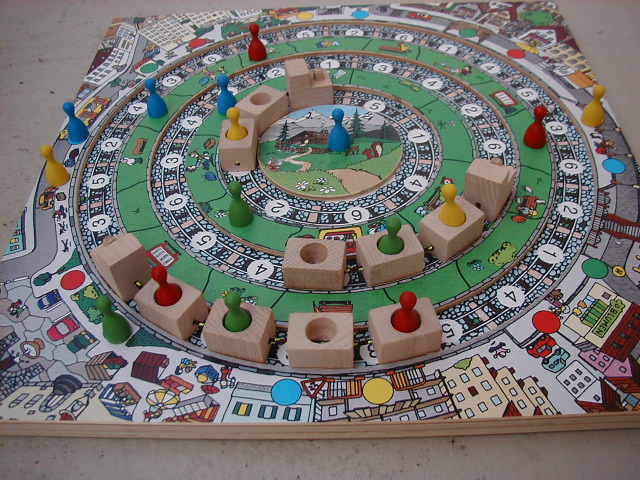
Buy it at Amazon |
MMLH7 (Strategy: Medium; Theme: Medium; Tactics: Low; Evaluation: High; Personal Rating: 7)
Jeffrey D. Allers; Winning Moves Deutschland-2008/Rio Grande-2010; 2-5; 8+
Strategy: Medium; Theme: Medium; Tactics: Medium; Evaluation: Medium; Personal Rating: 5
Roberta Barletta & Domenico Di Giorgio; 2004; daVinci games/Mayfair Games; 2-6
Strategy: Low; Theme: Medium; Tactics: High; Evaluation: High; Personal Rating: 7
Alfred Viktor Schulz; Phalanx; 2007

|
HMHH5 (Strategy: High; Theme: Medium; Tactics: High; Evaluation: High; Personal Rating: 5)
Martin Wallace; Treefrog Games-2010/Mayfair Games-2010; 2-5; 120 Amazon
2009 Update: A third edition has appeared under the title Steam. [6-player Games]
Strategy: Low; Theme: Medium; Tactics: High; Evaluation: High
Martin Wallace
Strategy: Medium; Theme: Medium; Tactics: Medium; Evaluation: Medium; Personal Rating: 7
Uwe Rosenberg; 2007; Lookout Games/Z-Man Games; 1-5 [Buy it at Amazon][Farmers of the Moor expansion]










